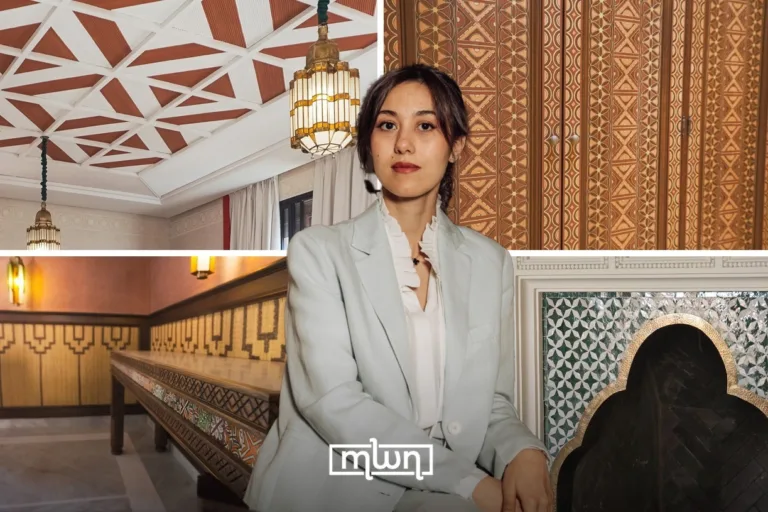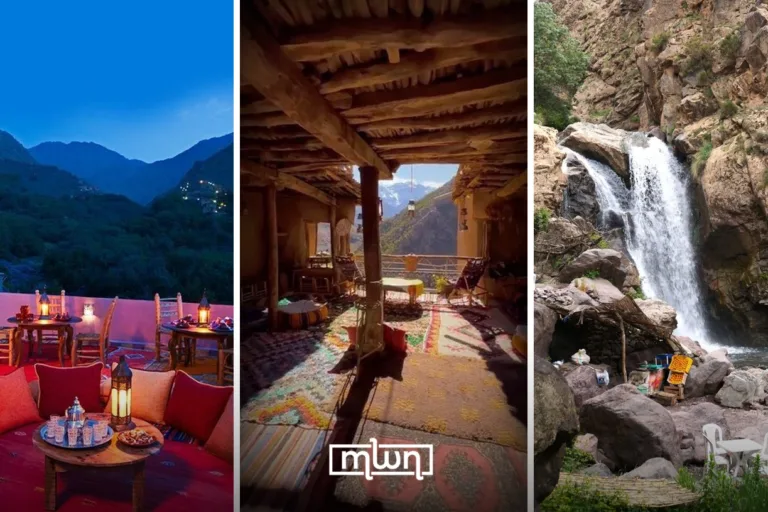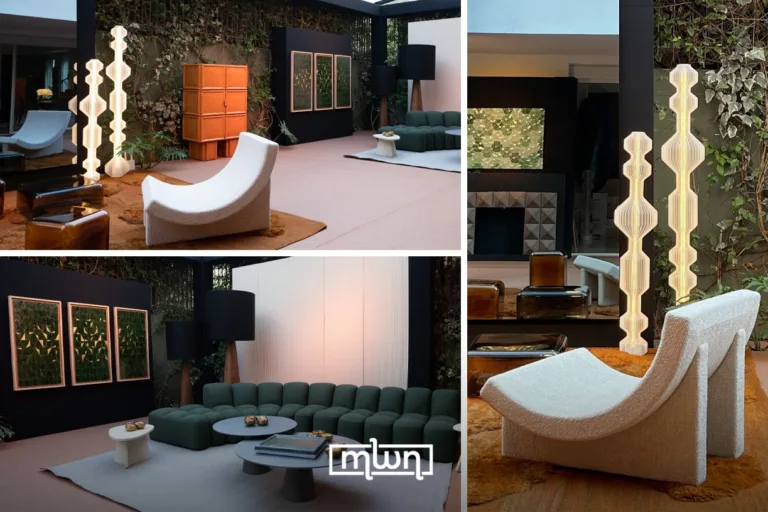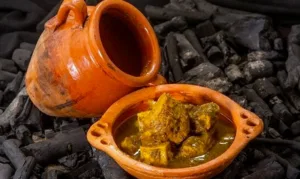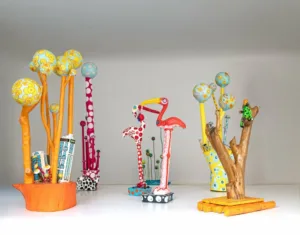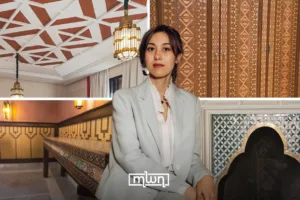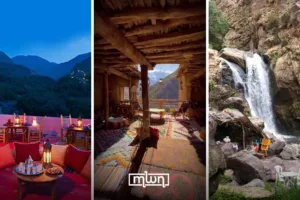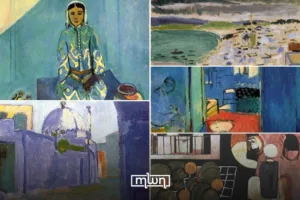Fez — Tangia is widely identified with the Red City’s medina, where residents assemble meat, garlic, cumin, saffron, preserved lemon and a little “smen.” They then seal the ingredients in a jar and send it to the “fernatchi” for hours of low, steady heat.
The dish returns with tender meat and a glossy, reduced sauce – a texture that defines Marrakesh’s signature comfort food.
In common Marrakchi usage, the clay vessel itself is often called “qalloucha” or “kalloucha,” and the final result is “tangia.” Chefs and craft posts in Morocco use the terms side by side, with instructions that tell cooks to “close the Qalloucha tightly” before sending it to the ashes. The distinction reflects everyday speech in the city and helps explain why residents talk about “bringing a tangia” even when they are carrying a qalloucha to the furnace.
Linguistically, tangia is the Arabic name for the preparation itself, a usage that has spread far beyond Marrakesh through cookbooks and restaurant menus. Some references use tangia for both the jar and the meal, yet Marrakesh speakers frequently reserve the vessel name for qalloucha.
From hammam embers to city identity
The cooking method is a crucial part of the hammam quarter identity. Fernatchis manage beds of hot ash beside the wood- or charcoal-fired boilers that heat bathing water.
Cooks deliver sealed jars in the morning, then collect them at midday or in the evening, a rhythm that turns public heat into shared sustenance. Marrakesh guides and travel platforms describe tangia as emblematic of the city, with the fernatchi’s ash management treated as a craft in its own right.
Ingredients and technique
Classic versions favor beef shank or lamb, garlic, cumin, saffron, preserved lemon and olive oil – sometimes with a small knob of smen for depth. The narrow-necked jar limits stirring, so cooks season precisely, seal the mouth with paper and string, and trust long embers to do the work. The result is a concentrated gravy that clings to the meat, served with “khobz” for dipping.
A social ritual
Tangia has long been a group affair, associated with shopkeepers, artisans, and friends who pool money, send a messenger to the butcher and spice vendor, then share the finished pot during a break or on a “nzaha” picnic.
During Ramadan, families add it to evening tables, and some furnaces handle a steady parade of jars throughout the month. Video features from Marrakesh continue to present tangia as a living tradition anchored in the medina’s daily life.
Tangia endures because it brings process, place, and people together. The dish relies on neighborhood infrastructure, namely hammams and fernatchis, and relies on a vocabulary that residents recognize.
It is both practical and ceremonial; a city’s way of turning patient heat into flavor and community. As Marrakesh grows, this clay-and-embers technique remains a marker of identity that visitors and locals seek out – not as a museum piece, but as a meal that still tastes like home.


